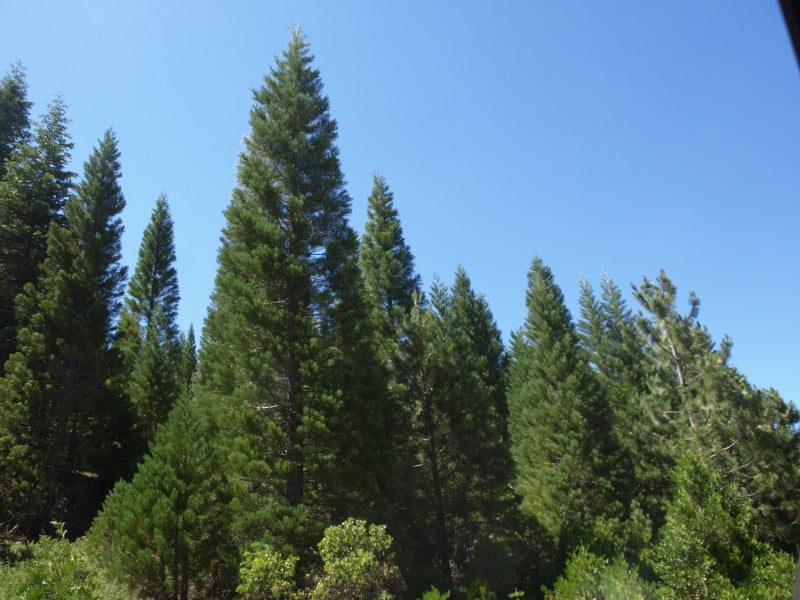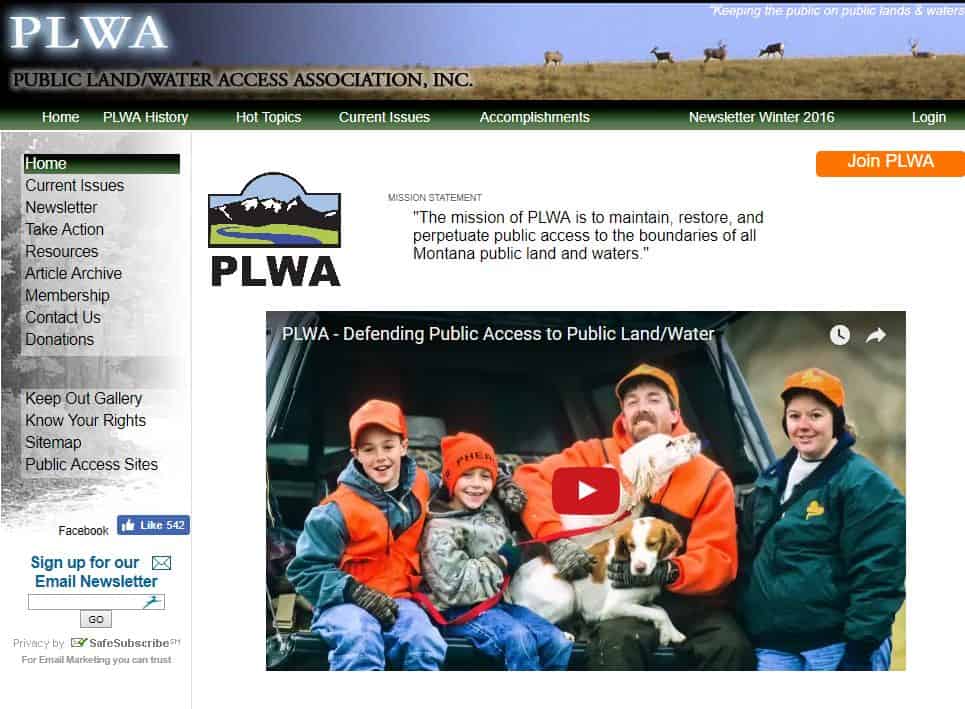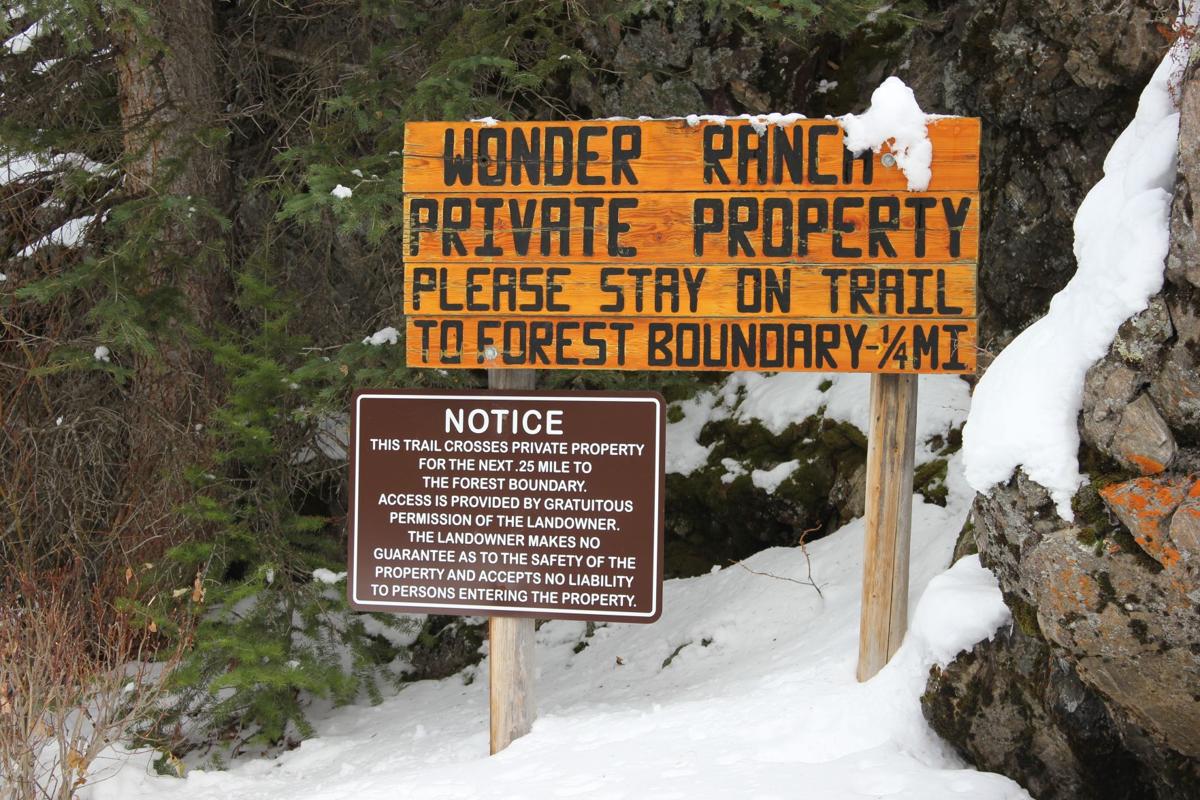
of the historical trees are ponderosa pine, and most of the trees in the more recent photo are Douglas-fir. Photos from Gruell et al., 1982 (figure 19
p. 32). Copied from Agee and Skinner p. 3
One of my favorite climate change books is called “Why We Disagree About Climate Change” by Michael Hulme (here’s a micro-version of the book). In honor of that book, I’m going to call this series “Why We Disagree About Fuel Treatment”. This should be an opportunity to slowly work through observations and conclusions from various practitioner and scientific communities, and see why people disagree.. what they are disagreeing about, specifically, and what evidence can be brought to bear for each point of view.
Starting with the basic fuel treatment nomenclature.. what is a fuel treatment? If we go to the NWCG glossary here they have “Manipulation, including combustion, or removal of fuels to reduce the likelihood of ignition and/or to lessen potential damage and resistance to control.” There might be better definitions (suggestions welcome!) but those are the general ideas. In this comprehensive paper by Jain et al.(with terrific photos IMHO ) “Fuel treatments are designed to meet short-term and long-term fire management objectives. This may include altering fire behavior or influencing post-fire outcomes.”
I guess you can start anywhere, but let’s start with fuel treatment basics. Coneniently, there is a 2005 paper by Jim Agee and Karl Skinner called Basic Principles of Forest Fuel Reduction Treatments.
It has a handy descriptive table:
As Jain et al. say…
”
When the treatment objective is to change fire behavior and create protected space for active fire suppression, then biomass removal to aid fire suppression efforts tends to follow the suggestions of Agee and Skinner (2005): (1) reduce surface fuels, (2) increase height to live crown, (3) decrease crown density, and (4) keep large trees of fire resistant species. “
Prescribed fire is thought to be the best for reducing surface fuels (this seems to be so broadly believed and obvious that it doesn’t need a citation). But in many cases, you can’t do this without risking a crown fire, and/or burning up all the trees, without removing ladder fuels. Keeping big trees of a fire resistant species is good because you have trees with tree habitat for critters and other tree-lovers (plus I think trees store more carbon ?), plus if they are fire resistant species you can run prescribed fire through there again (or if there is a wildfire, these trees will be fine). Now, the Agee and Skinner table characterizes that as “historic structure” and I guess that’s also a good thing, but you don’t necessarily need to go there- you can choose to keep big trees for the pragmatic current and future purposes that I just described.
Based on all this… fuel treatments remove or rearrange fuels in order to change fire behavior. And where you have forests, you should ideally do 1-4 as in Agee and Skinner to do fuel treatments.
Is everyone in agreement so far? Any additions, clarifications, or ?






